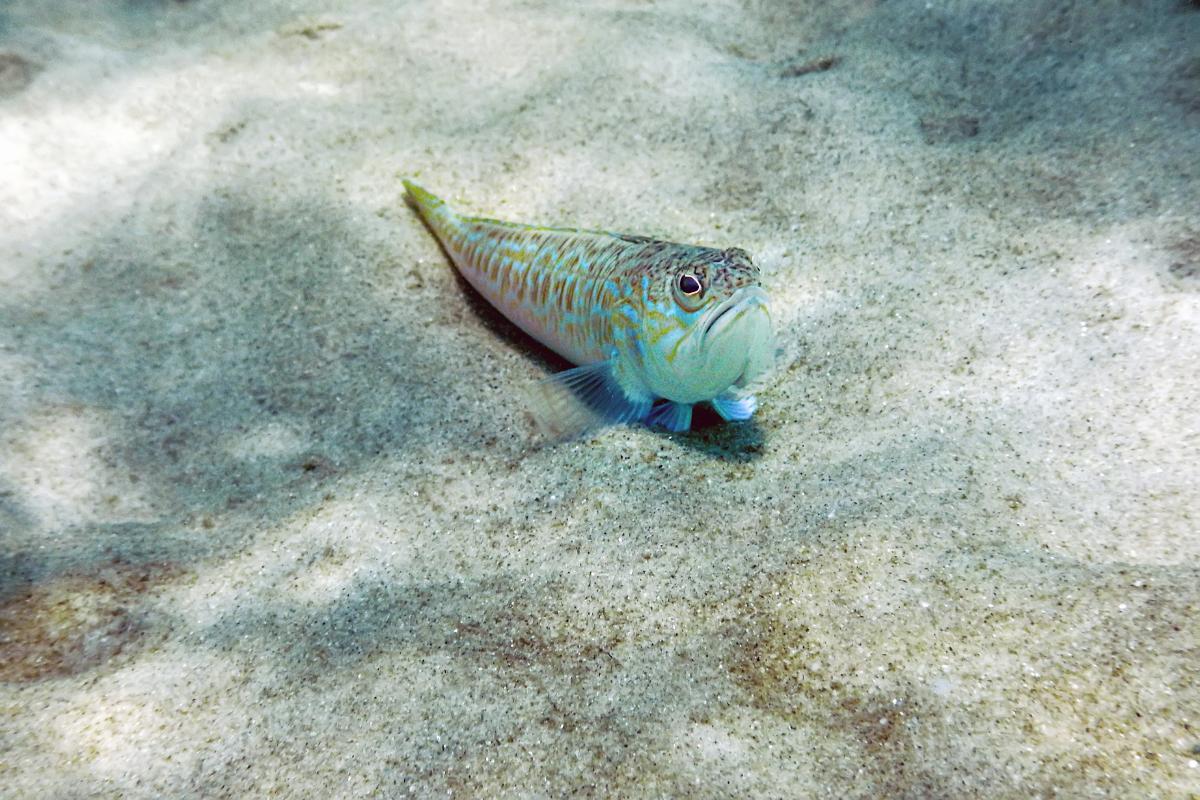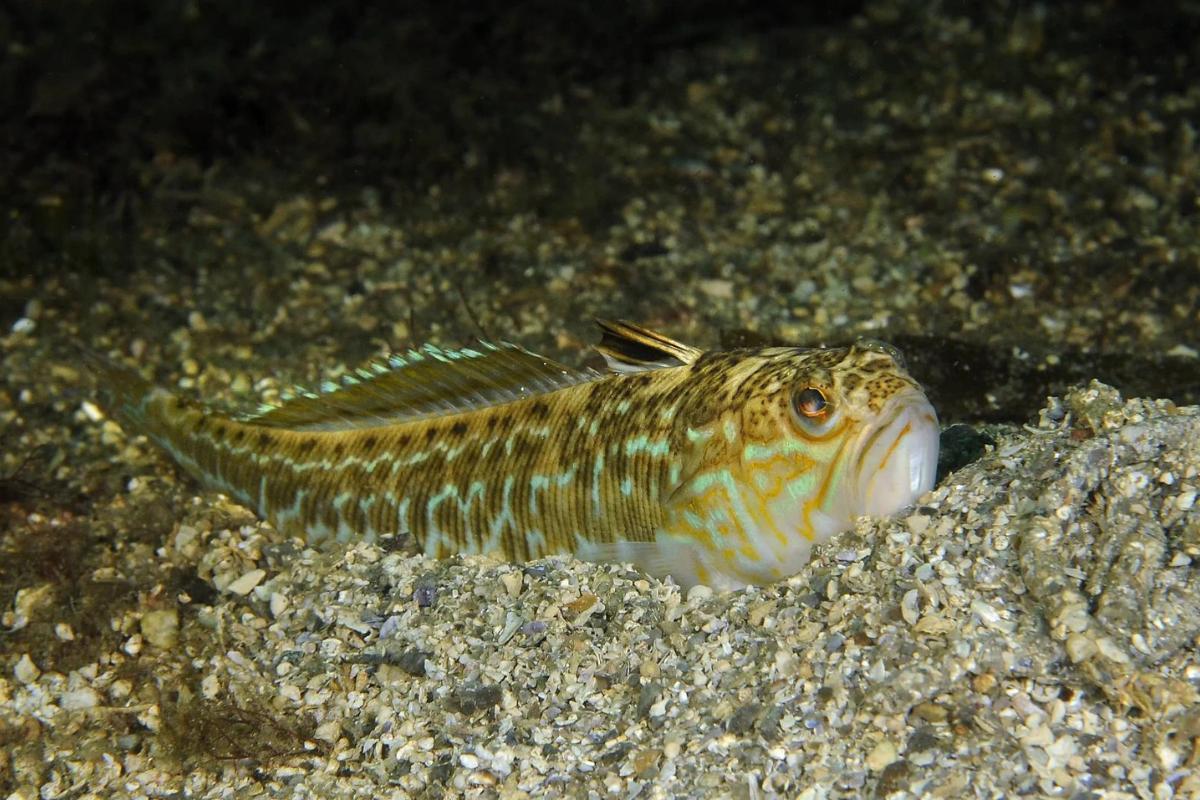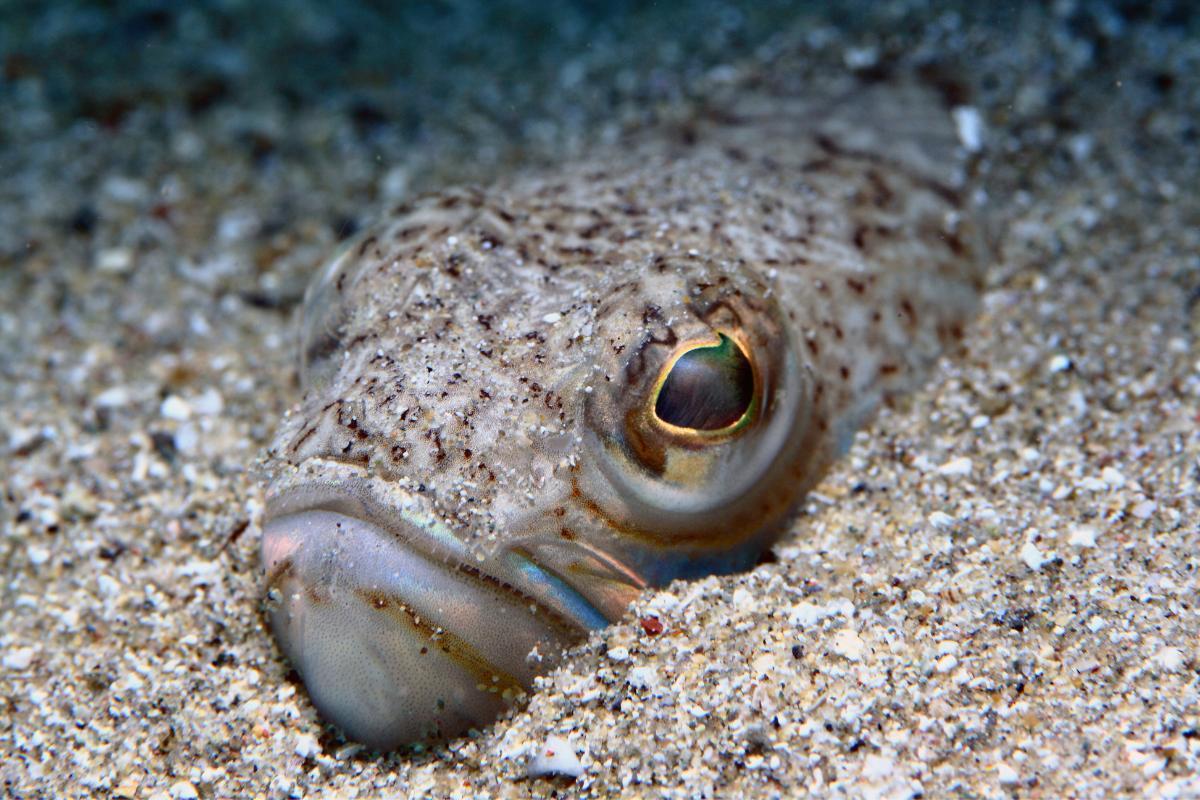Where Are Weever Fish Found?

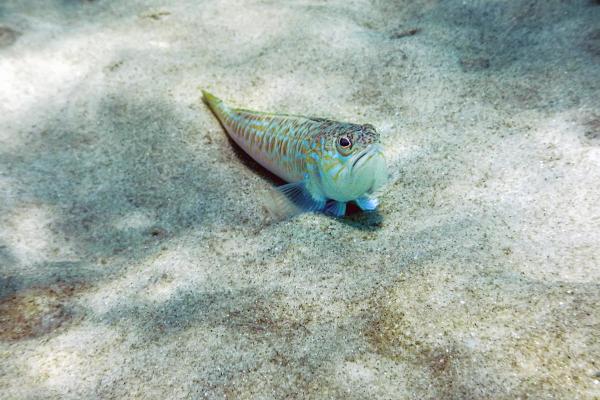
The weever is any of the various fish species of the genus Trachinus. Eight individual extant species are currently recognized. Although they have certain differences, each share certain characteristics. Perhaps most notable is their ability to sting with venom due to the presence of spines on their dorsal fins and gill covers. In most cases it is not lethal, but it can cause severe pain and lead to complications such as drowning. In addition to searing pain, skin reactions and even respiratory problems are possible.
Knowing where the weever fish is found can help us know how to avoid them and these stings. Their habitat is distributed in several regions, including the Mediterranean Sea, the eastern Atlantic Ocean and the Black Sea, causing some problems for bathers, fishermen or divers. Learn more as AnimalWised asks where are weever fish found?
Where do weevers live?
As we have mentioned, the genus Trachinus includes several species of weever. Each one has their own particular population distribution, although in certain cases they may overlap. Generally speaking, weevers can be found in the coastal waters of Europe and North Africa. With this in mind, some of the different weever species can be found in the following places:
- Greater weever (Trachinus draco): has a distribution that covers Morocco, northeast Africa, the Canary Islands and Madeira. The greater weever also has a presence in the Mediterranean Sea and the Black Sea which continues across the Atlantic to Norway and the north of the Danish Strait. This type of weever usually breeds in areas such as the Kattegat, Baltic, Belt Sea and Sunda Strait. The depth range covers up to about 200 meters.
- Spotted weever (Trachinus araneus): found in the eastern Atlantic, with a presence from Morocco to Angola. It is also included in the islands of Sao Tome and Principe. Its distribution continues north, in the Mediterranean and the Atlantic coasts of Europe. The depths range up to 100 meters.
- Guinean weever (Trachinus armatus): the distribution of the Guinean weever occurs from Mauritania to Namibia, as well as Cape Verde Islands. Regarding how deep they live, this species resides between 15 to 150 meters.
- Striped weever (Trachinus lineolatus): has a range that includes the coastal zone of West Africa, Guinea, Sierra Leone, Sao Tome and Gabon, as well as in Angola. It usually lives at a depth of about 70 meters.
- Starry weever (Trachinus radiatus): it is present in the eastern Atlantic, ranging from Gibraltar to Angola. It is also recurrent in the Canary Islands, at depths ranging from 10 to 150 meters, in the Aegean Sea and in the eastern Mediterranean.
Since the weever can be found in Europe and the Mediterranean, you may want to know if it makes the list of the most dangerous animals in Spain.
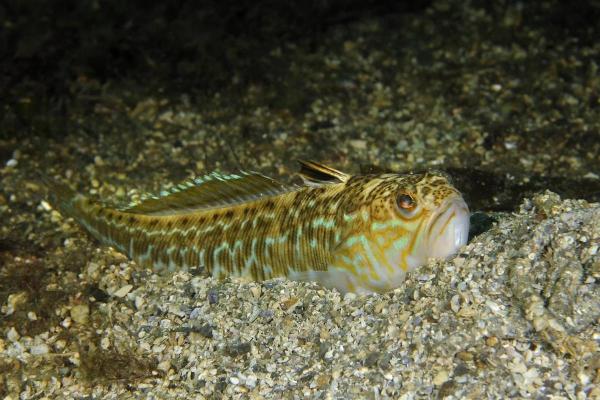
What is the weever's habitat?
As with distribution, the habitat of weever also depends on the species we are discussing. The habitat of different weever according to species are the following:
- Greater weever habitat: it usually lives at the substrate level of coastal waters, although it can liver further up. Most commonly it is located between 20 to 50 m above the bottom of the substrate, but in the winter it moves to deeper areas that can be around 100 m. It prefers sandy sea bottoms, with moderate salinity and the presence of seagrass beds.
- Spotted weever habitat: it includes shallow waters and usually buries itself in the sand, which is why it is located on sandy bottoms. It may be present at the coastal or benthic level.
- Guinean weever habitat: includes waters with seagrass beds, it is also found in mud areas. Although its distribution range may be greater, it is more common to find it at depths around 50 m.
- Striped weever habitat: it develops in soft or muddy bottoms, in shallow coastal areas, although it has also been found up to depths of about 200 m.
- Starry weever habitat: it is characterized by sandy and muddy bottoms, along the coast and up to 150 m. Like others in the group, it buries itself in the seabed.
Now that you know where you can find weevers, you may want to know about what are the most beautiful marine fish in the world?
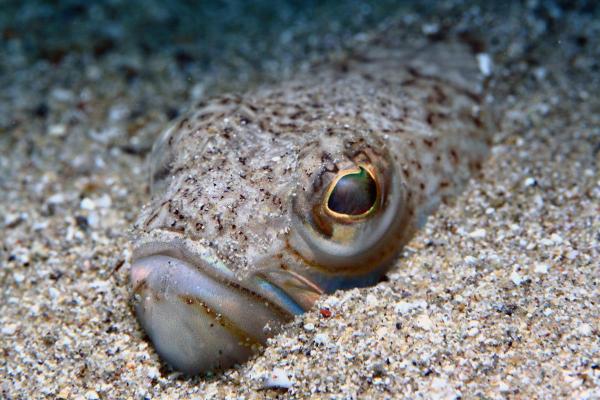
What to do if you encounter a weever
As we have already discovered, weevers are types of venomous fish. When they encounter people, they can create difficult situations. Although the venom is not usually enough in itself to kill a human, it can create dangerous situations which are life threatening. For example, this is the case if a swimmer accidentally steps on one and struggles to stay afloat.
Fishermen can be stung when weevers are caught in their nets. Divers can even be stung if they are swimming near weevers. This only usually happens if the weever feels threatened. If you are unfortunate enough to encounter a weever, here is what to do:
- Get out of the water as soon as possible: staying in the sea can be dangerous, especially due to the risk of continued stinging and even drowning.
- Apply heat to the affected area: this can help deactivate the poison and relieve pain. The suggested temperature is about 104ºF (40ºC).
- Extract any spines that may have become embedded in the skin: it is important to use sterile tweezers to perform this procedure.
- Keep the wound completely clean: use soap and water until it is evaluated by a professional.
- Attend a medical center: as quickly as possible so that not only the wound is treated but appropriate medications are provided for pain and other effects that the poison may cause.
Finally, weevers are not usually aggressive. They will not see us as prey and will only usually sting us if they feel threatened. For this reason, we need to stay away from if we encounter one in the wild. Since they often live in the seabed, we should wear protective footwear if we are going to walk around the areas where weevers are known to live. They are also solitary animals, so it is unlikely you will be attacked by a shoal.
You may want to learn more about other types of marine animals with our article explaining the different types of fish without scales.
If you want to read similar articles to Where Are Weever Fish Found?, we recommend you visit our Facts about the animal kingdom category.
- FishBase. (2024).
https://www.fishbase.se/Nomenclature/ValidNameList.php?syng=Trachinus&syns=&vtitle=Scientific+Names+where+Genus+Equals+%3Ci%3ETrachinus%3C%2Fi%3E&crit2=CONTAINS&crit1=EQUAL - IUCN. (2024). IUCN Red List of Threatened Species. Version 2024-1.
https://www.iucnredlist.org>





